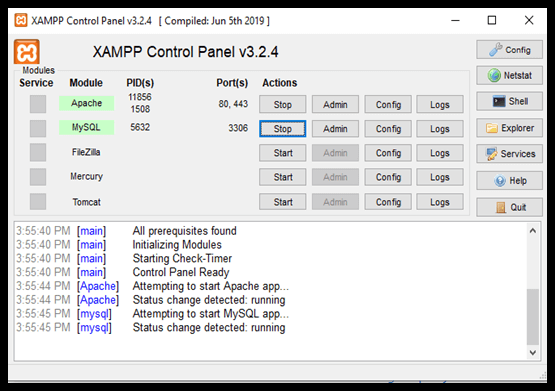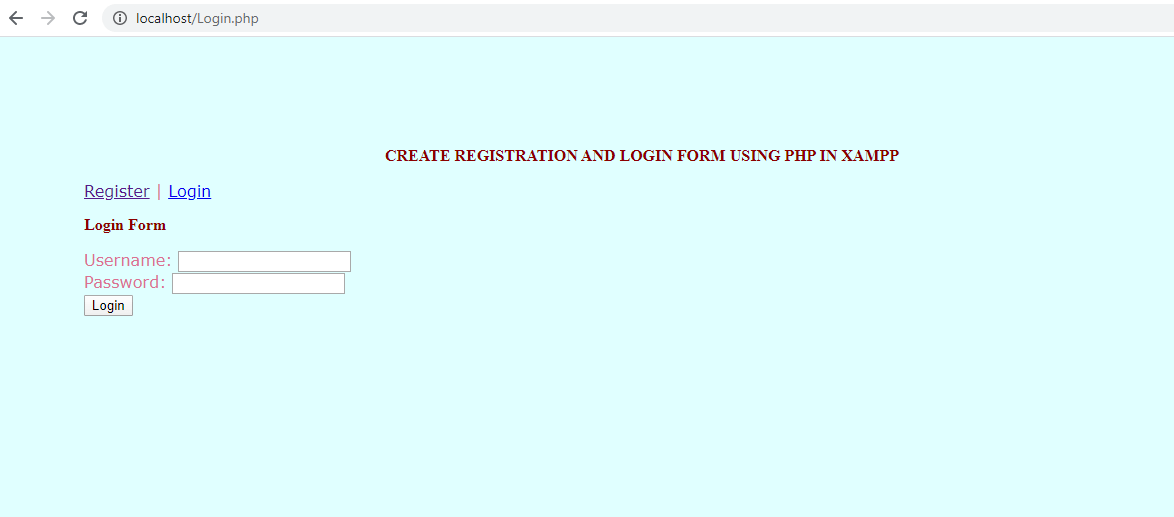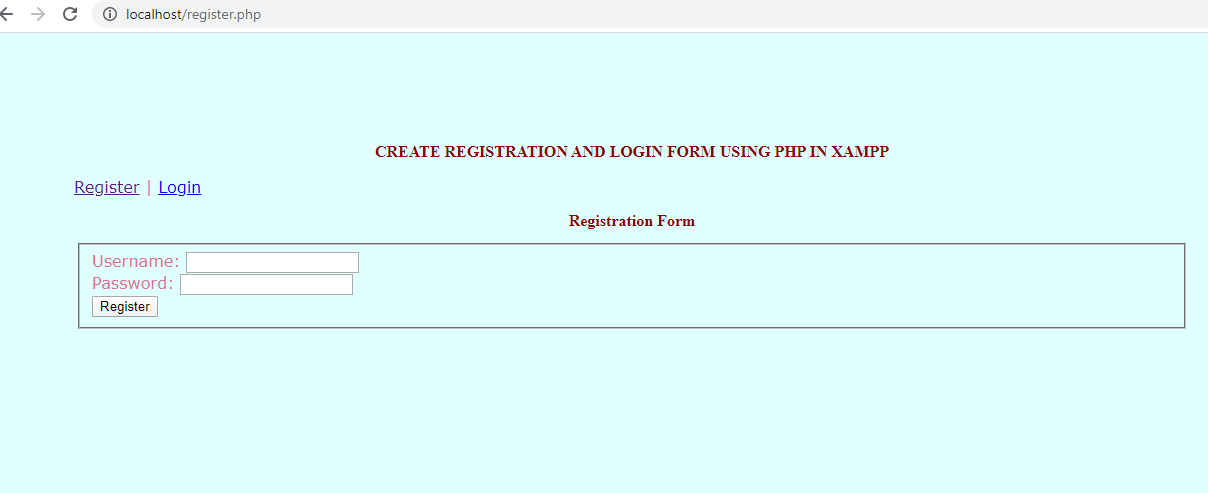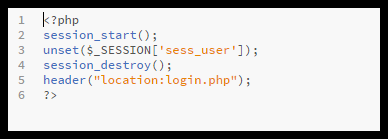Creating Login Page Using XAMPPLogin pages are the easiest to create and most essential unit of any website. The best way to build a login system is by using XAMPP and a few text files. As discussed in earlier articles, XAMPP is a software bundle that provides a suitable environment for implementing web solutions and verifying it. The verification is done before deploying the website over the live web. XAMPP package contains PHP, which plays the most vital role in the development of a login system. The software requirements prior to initiating the creation of the login page for a website are discussed below: Pre-requisites for creating a login page
Essential files for the login pageBefore moving towards the steps followed for creating a login system, we need to create some mandatory files which will be used in the future during the process of development of a login page. The process of creating each file will also be discussed in this article.
The process to Create Login PageThe steps to follow for successful development of a login page for any website are given below. STEP 1- Firstly, launch the XAMPP Control Panel by clicking the icon 
STEP 2- Now open any web browser on your system and visit the given address- http:// localhost or http://127.0.0.1. If the server is running successfully, continue to the next step. STEP 3- Relaunch the XAMPP Control Panel and click on "Admin" corresponding to the MySQL module. It redirects you to localhost/phpmyadmin/. Now, create the database for the validation form of the login page. STEP 4- To create a new database, click "Create" after entering the name in Database name as required. Here we named it as "login page". 
STEP 5- Now, click the SQL tab button. Paste the query given below and click "Go." The table is created successfully. 
STEP 6- Keep putting your Webpage files into the destination folder. The folder can be located following the sequence - c:/xampp/htdocs. STEP 7- Launch Brackets (an open source text editor) and create the login.php file. Copy-paste the code lines mentioned below into login.php file. 
STEP 8- Now, create another file titled Register.php and copy-paste the code mentioned below into the data and register your name and password with unused usernames. 
STEP 9- The third file to be created is Logout.php. The code to be used in this file is mentioned below. 
STEP 10- The last file to be created is the Member.php file. The file should contain the following code. STEP 11- The last step is to check the database to verify whether the data has stored or not.
Next TopicCreating MySQL Database with XAMPP
|
 For Videos Join Our Youtube Channel: Join Now
For Videos Join Our Youtube Channel: Join Now
Feedback
- Send your Feedback to [email protected]
Help Others, Please Share





 and click on the "Start" button corresponding to Apache and
and click on the "Start" button corresponding to Apache and 




